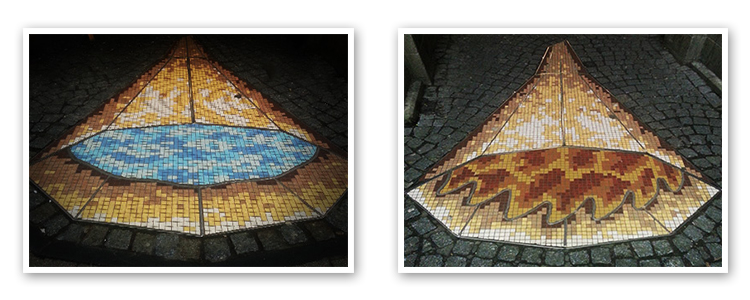Grissell Jaffray is famous in Dundee history for the crime of being a witch. She was choked and burned at the stake in a public execution and is the last person to have been burned in Dundee for the crime of witchcraft. Much of the truth is unknown about Grissell Jaffray, with some believing her to be the wife of local man James Butchart, whilst others maintain that she was the spouse of Thomas Buchart or Boutchard. What is known about Grissell is that she was burned in Dundee’s town centre in 1669 (which just happens to be the year that both Mount Etna and Volcano Etna erupted, killing over 30,000 people – no relevance, we just thought you’d like to know). Grissell Jaffray was incarcerated in the Tollbooth before being accused of witchcraft and cavorting with the devil himself. Suspiciously, the records pertaining to Grissell’s crimes were destroyed in a fire, so nobody really knows what she stood trial for, or indeed why.
Leading ministers in the Presbytery of Dundee were held responsible for the barbaric murder of Grissell Jaffray, namely, Harry Scrymsour, John Guthrie and William Rait. In times such as those that Grissell lived, it was not uncommon for women to be “outed” as a witch by their peers over petty things such as gossip-mongering, paranoia, blame-shifting and jealousy. For those fortunate (or unfortunate) enough to be given a trial, eye witness testimonials played a heavy part in the prosecution. Accused witches stood by as their own townsfolk laid waste to their credibility, desperate to rid their town of anyone they perceived to be dabbling in the black arts. In other witch trials, the accused would be “tried by water”, whereby they were forced under the water in the belief that Satan would not allow his daughter to be harmed, and she would continue to breathe. Naturally, the witches drowned, thus rendering the exercise pointless and needlessly barbaric.
Rather than change this practice, the belief was that those who were not witches and died by this method would be welcomed in heaven. Artefacts such as herbs and decorated bowls would be used as evidence in convicting women of witchcraft. Some women stood accused based on the fact that they had an unusual mole or skin tag, which was referred to as a witch’s teat. The accused were stripped naked and their bodies were thoroughly searched for these “devil’s marks” (moles). The saying “as cold as a witch’s teat” comes from the fact that, during their trial, when the mole or skin tag was pierced, if it did not bleed or if no pain was expressed by the defendant, she was deemed a witch.
There is no record of what happened to Grissell during her time in the Tollbooth, or of the events leading up to her incarceration, but one theory seems to suggest that her death was no more than a “religious assassination” in a time of great religious unrest.
Unlike their English counterparts, witches tried in Scotland were routinely tortured for their confessions, so it is highly likely that Grissell was tortured in an attempt to evoke her admission of guilt.
The Scottish Witchcraft Act of 1563 made the practice of witchcraft and consorting with witches, punishable as a capital offence. By the middle of the 17th century, amidst religious and political tensions, the Act was amended to include the words “devils and familiar spirits” – the sentence being death. By this definition, anyone deemed to be a witch was seen to be cavorting with the devil himself, acting as a human vessel from which to perform his nefarious deeds. Watch our Grissell Jaffray info video here: http://www.youtube.com/watch?v=WuZFb2SbGns
– DD Tours operates walking tours in Dundee city, covering dark local history such as wars, battles, murders, diseases, riots, disasters and executions. Walk with us for an unforgettable storytelling experience.
***
